Tech companies need to tackle motion sickness, and fast
Because the future of driverless cars depends on it
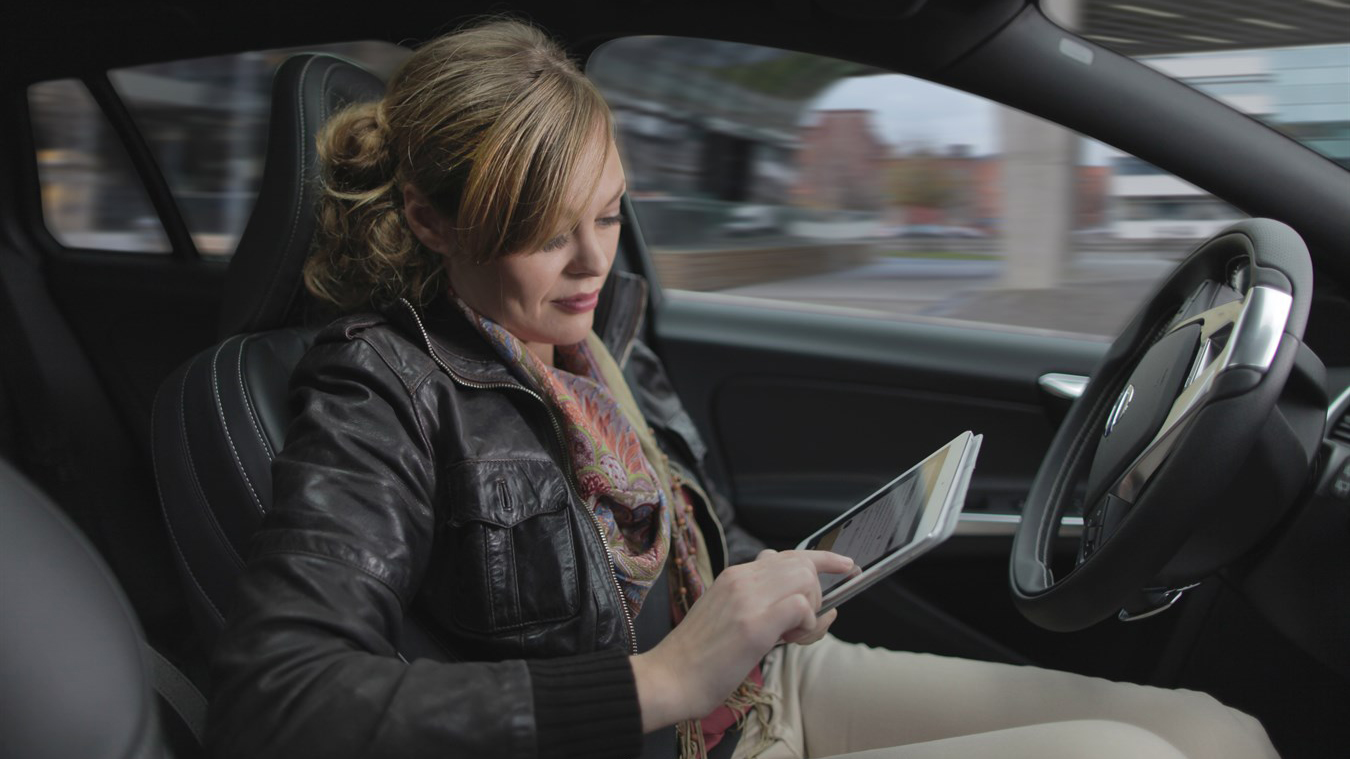
Whether you think driverless cars are the future of transportation or just another tech fad, it's a fact that autonomous car technology is becoming more advanced, and more commonplace, by the day.
Every week it seems there’s a new development in the driverless car space, and pretty much every car manufacturer, tech company and ride-sharing service is investing in the industry, from Uber and Waymo to Mercedes and Tesla.
According to UK Business and Energy Secretary Greg Clark, the driverless car market could be worth more than £63 billion ($83 billion) to the global economy by 2035, and truly driverless cars are closer to becoming an everyday sight on our roads than many people might think.
It’s not hard to see why autonomous cars are appealing. From making roads safer and saving energy through to improving mobility and giving you time to focus on other things rather than driving, there are all kinds of benefits.
- Do you have a brilliant idea for the next great tech innovation? Enter our Tech Innovation for the Future competition and you could win up to £10,000!
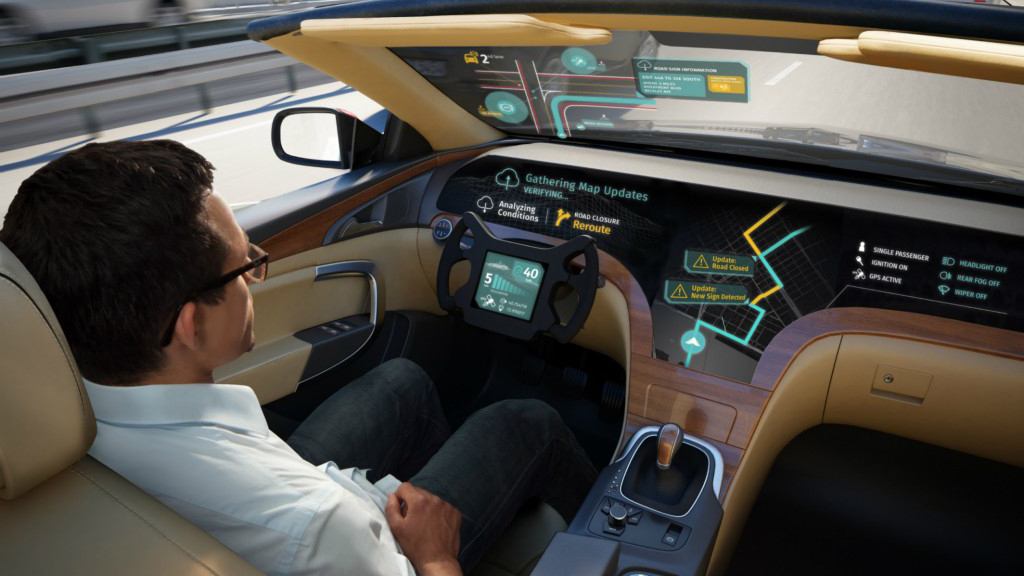
However, as you’d expect from any new kind of technology, there are plenty of problems too. Most notably, there have been several high-profile accidents, some of them fatal, involving driverless cars, including Tesla’s Model X crash and an Uber public self-driving test that led to a pedestrian fatality.
Ensuring driverless cars are safe is of the utmost importance if they're to be rolled out on a wider scale. But there’s also another concern that may not seem as pressing right now, but which could have a huge effect on public uptake of autonomous vehicles: motion sickness.
How do you solve a problem like motion sickness?
Although most of the companies creating autonomous car tech haven’t rolled out their vehicles on a large scale yet, if at all, one thing most of them have in common is that they’re working on ways to address motion sickness.
Get daily insight, inspiration and deals in your inbox
Sign up for breaking news, reviews, opinion, top tech deals, and more.
From a VR headset that can be worn while you’re traveling in a driverless car to a system that warns you before you turn, a lot of time and energy is being put into putting an end to dreaded travel sickness.
But why is it such a focus now that driverless cars are on the scene? The simple answer is: they can make more people feel more sick.
A study from the Transportation Research Institute at The University of Michigan predicted that 6-12% of people are likely to feel sick in autonomous vehicles. The researchers believed the main reason is that passengers would be doing more things, like reading, while driving. But there are plenty of other reasons why a self-driving car could lead to sickness.
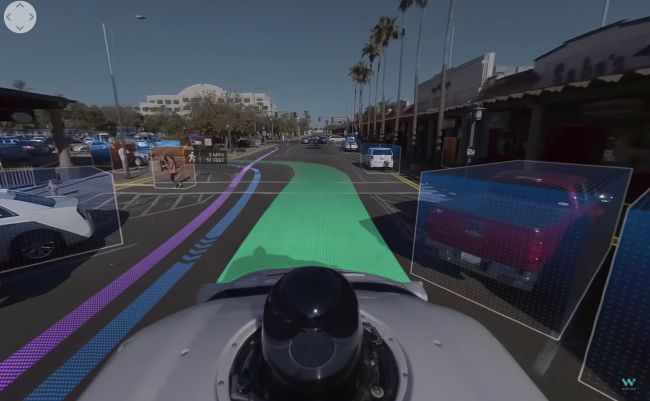
We spoke to Professor John F. Golding, from the faculty of science and technology at the University of Westminster, London, who specializes in motion sickness about why the future of driverless cars relies on our understanding of why some of us feel queasy when we travel.
“In cars the major reason people experience motion sickness is from acceleration, deceleration and turning, which causes acceleration,” Golding explains. “So most of the effects come from the horizontal actions of the car, moving from left to right and turning, rather than vertical vibrations, like moving up and down.”
“The big problem with driverless cars is that everyone is a passenger.“
Professor John F. Golding
But that’s not the only reason your body starts to feel ill when you travel. “You also have visual mismatches with the vestibular system,” Golding says. “Rather like the effects of virtual reality, your eyes can’t track what’s happening. The motion causes a vestibular ocular reflex, designed to stabilise your vision. But the superimposed motion of the vehicle causes the system to break down.”
But these are problems faced in all cars. So what’s the difference with one that we’re not driving? “The big problem with driverless cars is that everyone is a passenger. And not only is everyone a passenger, everyone is a backseat passenger,“ Golding tells us.
For many people, driving can help to mitigate the effect of motion sickness, but autonomous cars means no one gets to drive. “Passengers get sick and not drivers,” Golding tells us. “That’s because the driver is in control. The feedback system in the brain can anticipate what the motion is, at a millisecond level, whereas the passenger can’t. The passenger can only react.”
He explains: “A good example is rally driving cars. The rally driver hardly ever gets sick, but the co-driver or navigator experiences a high level of sickness. If you swap them round, the driver doesn’t get sick.”
The tech companies that might have the answer
If car manufacturers and big tech names want us all whizzing around in driverless cars in the near future, they need to address motion sickness right away.
That’s because as tech improves and the designs of driverless cars advance, the problems could be exacerbated even more than we expect. For example, comfy chairs within big driverless cars could be facing backwards, there could be lots of screens and no view of the outside world. These are all things that could make the experience luxurious for some and nauseating for others.
We’ve taken a look at a few of the ways tech companies and researchers are addressing motion sickness, and quizzed our motion sickness expert about whether these ideas might work.
Solution one: adding visual stimulus
Researchers at University of Michigan have been working on a patent for a headset that mimics the kind of visual inputs you’d receive if you were to look outside of the vehicle you’re traveling in, so you’d see lights, as well as the general scenery.
The idea is that it might eliminate the conflict between visual and vestibular inputs. This idea is just a patent for now, but those behind it are contacting car manufacturers to try and turn it into a viable product.
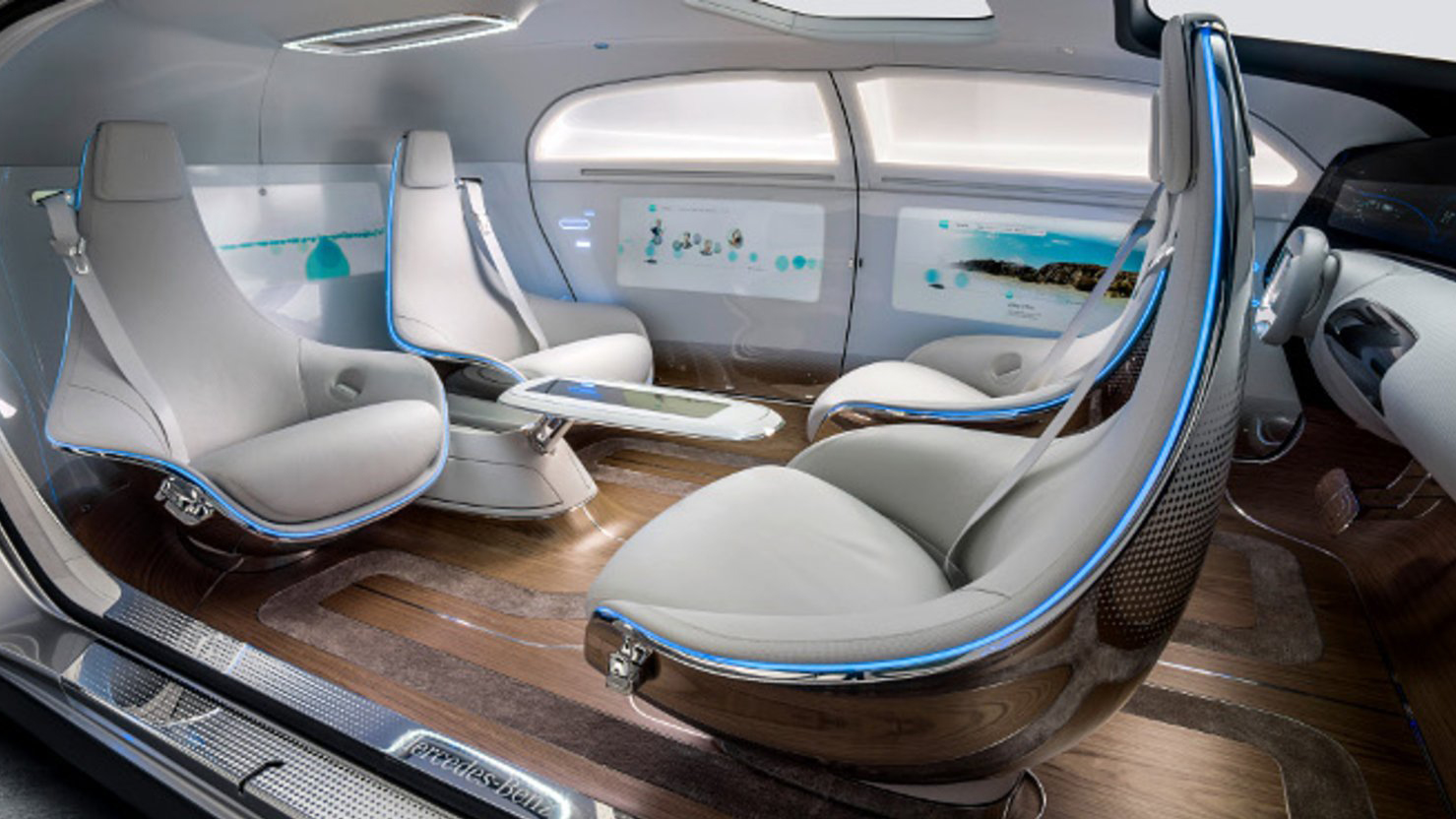
“Sticking visual display devices up so you can see the visual world background is a good idea,” Professor Golding explains. “It doesn’t overcome all the problems – your eyes may not be able to stabilize onto the screen – but this idea could force your head and eyes into position to give you an external visual earth reference.”
But one issue with the headset is it might not cover your whole head, just the sides. Golding explains that it’s important to create a visual experience for everything you can see.
“A few years ago, researchers were trying to address travel sickness with children in the backseats of cars. They played around with a display screen of the road ahead, which was on the back of the front seats,” Golding tells us. “It makes sense in theory, but didn’t work well. That’s mainly because the field of view isn’t big enough. And it doesn’t give you peripheral vision of what’s going on outside.”
Solution two: providing advanced warning
Uber has been working on a different patent idea that’s all about signaling to people what the intention of the driverless car is. So it would be a sensory stimulation system, which would provide visual and touch indications of the maneuver the car is about to make before it makes them.
“It may sound simple, but one way to stop people feeling sick in driverless cars is to give indications about what’s going to happen,” Golding tells us. “In recent research it was found that if you’re the driver not only can you anticipate motion, you can angle your body to deal with accelerations. So if you give the passenger information they can align their head with acceleration, and they’re much better off. But that would require attention from the passenger.”
Solution three: virtual reality
We’ve all heard about virtual reality headsets making people feel nauseated, but what about using one to make people feel less nauseated?
Apple has filed a patent that describes a VR system, which could be used for tackling motion sickness. The VR system would provide visual cues that match the physical motions the passenger is experiencing in the car and could match physical sensations, like acceleration, with everything they’re seeing in the virtual environment.
What’s more, the patent lays out details for ways in which it could tell whether someone is starting to feel motion sickness – and could make adjustments accordingly.
“The ultimate answer would definitely be to have a VR headset on while being driven around in a driverless car“
Professor John F. Golding
“The ultimate answer would definitely be to have a VR headset on while being driven around in a driverless car,” Golding explained. He told us that there are various VR techniques that could be employed while driving that could alleviate the feeling of motion sickness.
“Dynamic visual blurring and being able to see through to some of the external view could help. Another technique is peripheral visual occlusion, which can reduce peripheral aspects and reduce motion sickness. That’s because your sense of balance and where you are, that comes mainly from your peripheral vision.”
Golding believes that for VR to be really effective, technology would need to advance more. He suggested that a kind of eye-tracking system that would not only put you in a VR space but could adjust to the ways your eyes are moving would be really beneficial, but could still be a long way off.
Solution four: ensuring a smoother ride
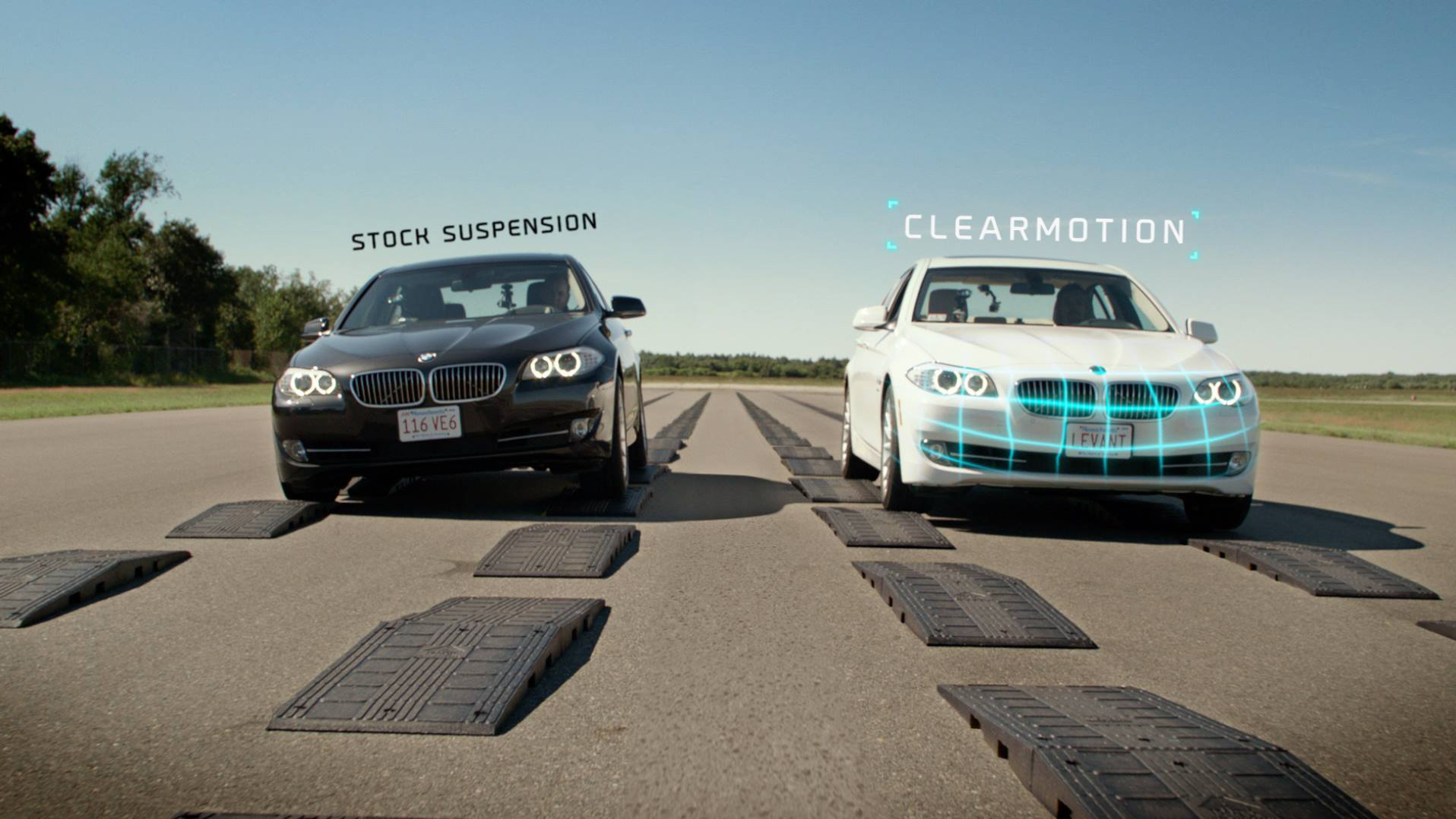
A startup called ClearMotion is putting its efforts into ensuring that the experience of traveling in a car – whether driverless or otherwise – is as smooth as possible, rather than taking steps to stop people feeling the bumps.
It has developed a kind of technology that effectively ‘cancels out’ the movements of the car that can cause motion sickness. It uses an activalve, which is an electro-hydraulic device that can be put on the shock absorbers of the wheels. This anticipates movements so that it can stop vibrations before they happen. The activalve is designed to try and stop both high- and low-frequency vibrations.
Solution five: establishing horizon reference
One of the main reasons industry insiders anticipate an uptick in motion sickness within driverless cars is that people will be doing much more if they don’t need to focus on the road. That’s because lowering your head down and then focusing on fine print while moving causes the visual and vestibular disconnect that leads to sickness.
Golding believes one solution might be to create a system within the vehicles so that everything they might want to do could be done while they’re looking up.

“We need to make sure that if people are reading, they’re reading with their heads up so they can see around them. This will give them visual reference, as well as horizon reference,” Golding explained. “Their head would need to be up, so the position of where they’re reading and how they’d maintain that position would be important.”
A lot of these methods seem new, but they’ve been trialled for years with those who have to be on boats for long periods of time – especially the idea of horizon reference. “People below the decks on boats tend to get very sick. One of the main reasons for that is there’s no horizon view,” Golding said.
“So the idea is that you can create a laser horizon level, which constantly displays a line to indicate where the horizon is. It can work, but it isn’t always practical, and depends on the layout of the cabin.”
The future of driverless cars
These motion sickness problems point to a need to design solutions from the ground up. For example, Golding’s suggestion that a way to read or do other things while looking up might need to be an early design consideration. Similarly, a design that blocks out windows or removes the ability to have a horizon reference at all might provide a great experience for some and a vomit-inducing experience for others.
Fortunately it seems that lots of tech companies are already switched on to the effects driverless cars might have on the people who travel in them, but let’s hope a number of solutions are implemented soon; the widespread adoption of driverless cars is likely to remain a dream for some time to come if we’re unable to last more than a few minutes in one without throwing up.
TechRadar's Next Up series is brought to you in association with Honor

Becca is a contributor to TechRadar, a freelance journalist and author. She’s been writing about consumer tech and popular science for more than ten years, covering all kinds of topics, including why robots have eyes and whether we’ll experience the overview effect one day. She’s particularly interested in VR/AR, wearables, digital health, space tech and chatting to experts and academics about the future. She’s contributed to TechRadar, T3, Wired, New Scientist, The Guardian, Inverse and many more. Her first book, Screen Time, came out in January 2021 with Bonnier Books. She loves science-fiction, brutalist architecture, and spending too much time floating through space in virtual reality.
